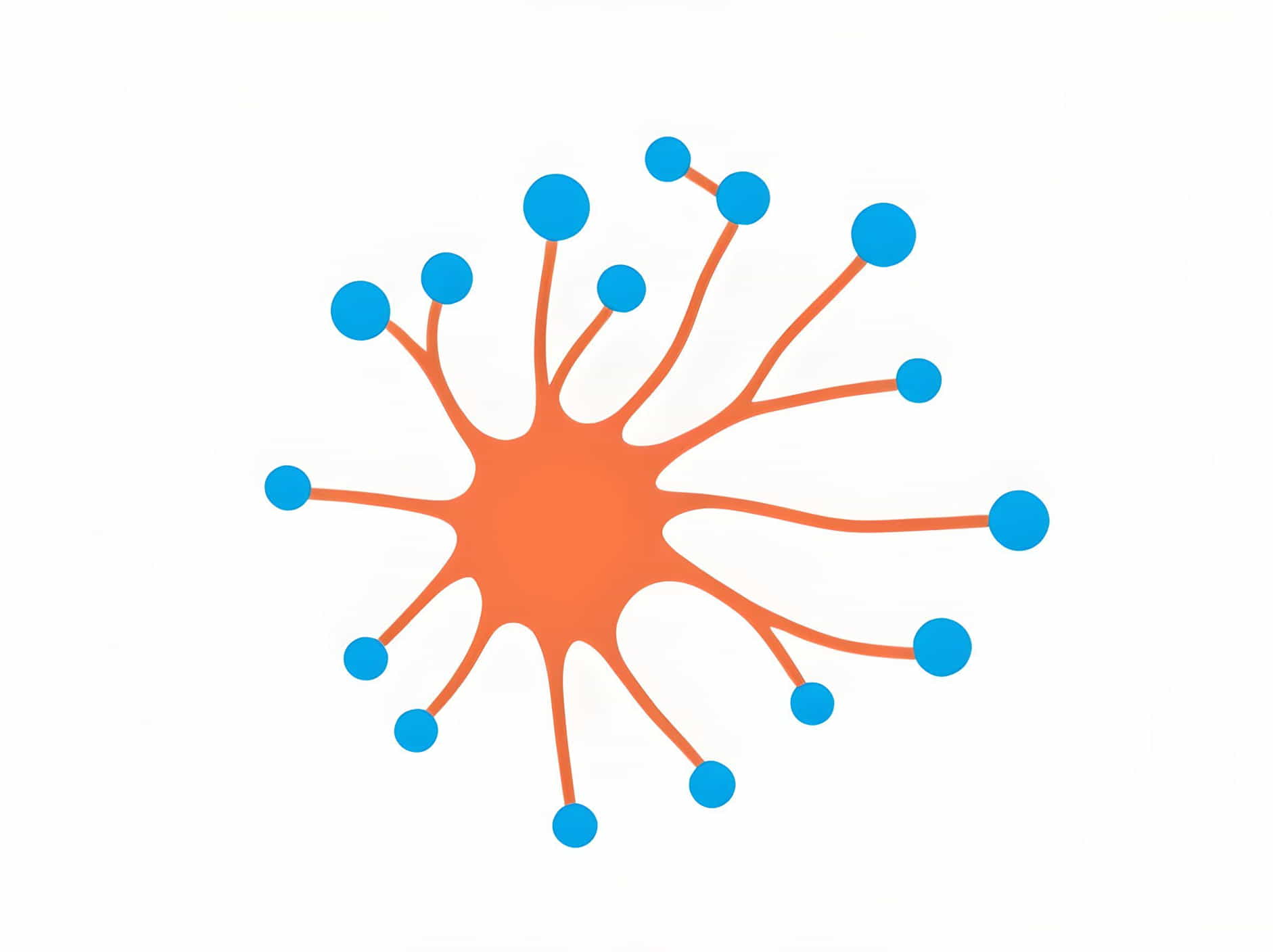
The type of neuroglia that forms the neurilemma is known as Schwann cells. These specialized cells play a crucial role in the peripheral nervous system (PNS) by providing support and insulation to axons, facilitating nerve impulse conduction, and aiding in nerve regeneration. This article explores Schwann cells in detail, their functions, structure, and their significance in maintaining nervous system health.
Understanding Schwann Cells and Neurilemma Formation
Structure and Function of Schwann Cells
Schwann cells are a type of neuroglia or glial cell found in the peripheral nervous system. They are named after their discoverer, Theodor Schwann, a pioneering figure in the field of neurobiology. These cells wrap around axons of neurons in the PNS, forming myelin sheaths that insulate and protect the axons. Myelinated axons appear white due to the high lipid content of myelin, which enhances the speed and efficiency of nerve impulse transmission.
Formation of Neurilemma
The neurilemma, also known as the Schwann cell sheath or Schwann cell cytoplasm, refers to the outermost layer of the Schwann cell. It surrounds the myelin sheath and plays a crucial role in nerve regeneration and repair. After injury to a peripheral nerve, the neurilemma can guide and support the regrowth of damaged axons, facilitating the restoration of nerve function.
Functions of Schwann Cells
Myelination of Axons
One of the primary functions of Schwann cells is to myelinate axons in the peripheral nervous system. Myelin is a fatty substance that wraps around axons in a spiral fashion, forming concentric layers that insulate the axon. This insulation increases the speed of nerve impulse conduction, allowing signals to travel quickly and efficiently along the nerve fibers.
Nerve Regeneration and Repair
Schwann cells play a critical role in nerve regeneration following injury. Unlike neurons in the central nervous system (CNS), which have limited regenerative capacity, peripheral nerves can regenerate under certain conditions. After injury, Schwann cells in the neurilemma proliferate and form a pathway called the Bands of Büngner, which guides the regenerating axons back to their original targets.
Maintenance of Homeostasis
Schwann cells also contribute to the maintenance of the extracellular environment around neurons. They regulate ion concentrations, provide metabolic support to axons, and participate in the clearance of debris and waste products from the nerve tissue. These functions are essential for the overall health and function of the peripheral nervous system.
Clinical Relevance and Disorders Involving Schwann Cells
Charcot-Marie-Tooth Disease
Charcot-Marie-Tooth disease (CMT) is a group of inherited disorders characterized by damage to peripheral nerves, affecting motor and sensory neurons. Many forms of CMT are caused by mutations in genes that affect Schwann cells, leading to abnormalities in myelination and nerve function. Understanding the role of Schwann cells in CMT is crucial for developing targeted therapies and interventions.
Guillain-Barré Syndrome
Guillain-Barré syndrome (GBS) is an autoimmune disorder that affects the peripheral nervous system, leading to inflammation and demyelination of peripheral nerves. Schwann cells may be targeted by the immune system in GBS, resulting in impaired nerve conduction and muscle weakness. Treatment often involves immunomodulatory therapies to suppress the autoimmune response and support nerve regeneration.
Research and Future Directions
Ongoing research continues to explore the complex functions of Schwann cells and their role in neurological disorders and regeneration. Advances in molecular biology and genetics have provided insights into the mechanisms underlying myelination, nerve repair, and the interactions between Schwann cells and neurons. Future research aims to develop new therapeutic strategies that target Schwann cell dysfunction in neurological diseases, potentially offering new hope for patients with conditions involving peripheral nerve damage.
In conclusion, Schwann cells are integral components of the peripheral nervous system, responsible for myelinating axons, supporting nerve regeneration, and maintaining nerve function. The neurilemma, formed by Schwann cells, plays a crucial role in guiding nerve regeneration after injury, highlighting the importance of these cells in maintaining nervous system health and function. Advances in our understanding of Schwann cell biology continue to drive research efforts aimed at developing treatments for neurological disorders and enhancing nerve repair mechanisms. By unraveling the complexities of Schwann cell biology, scientists and clinicians aim to improve outcomes for patients with peripheral nerve injuries and related conditions in the future.